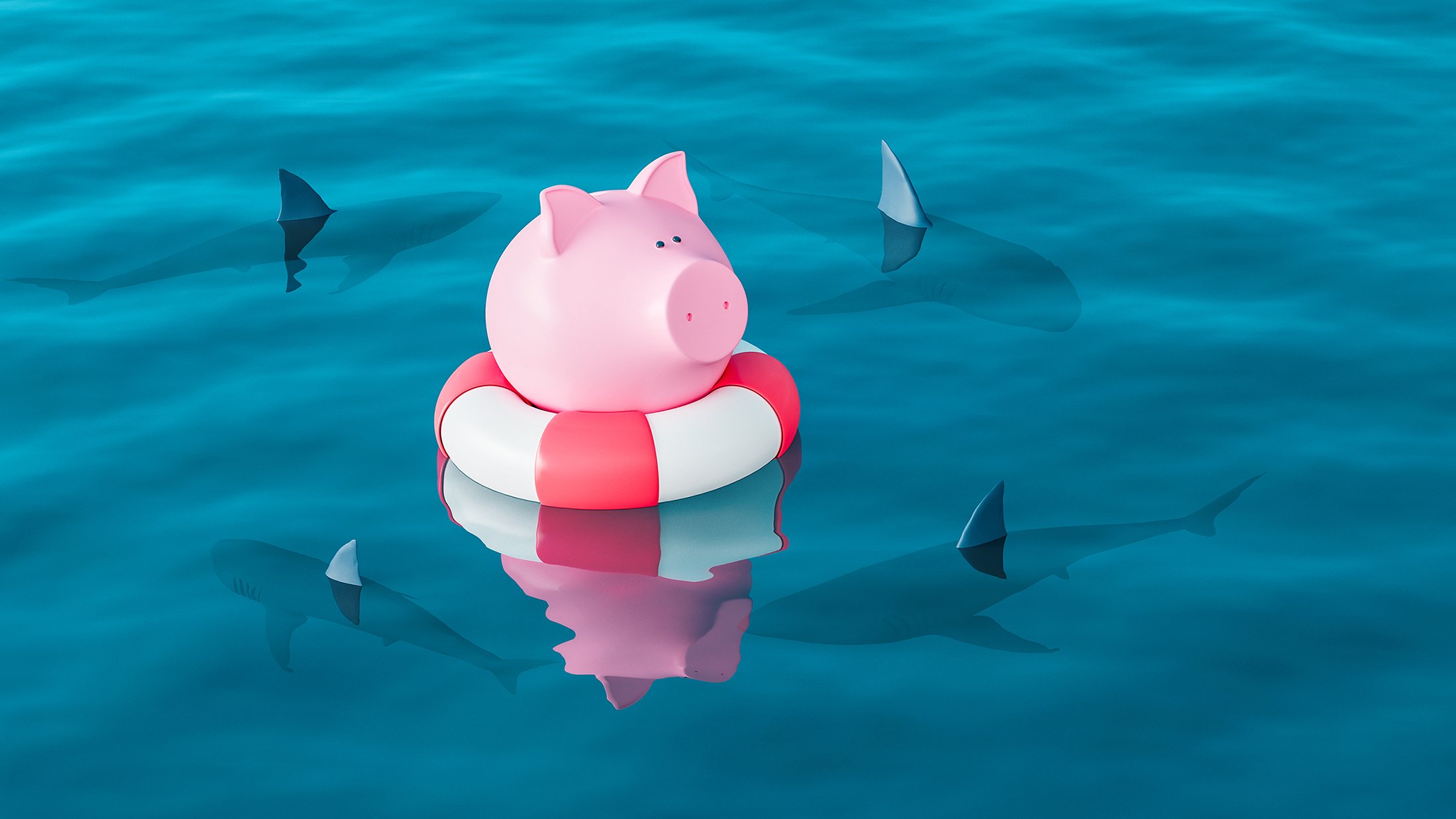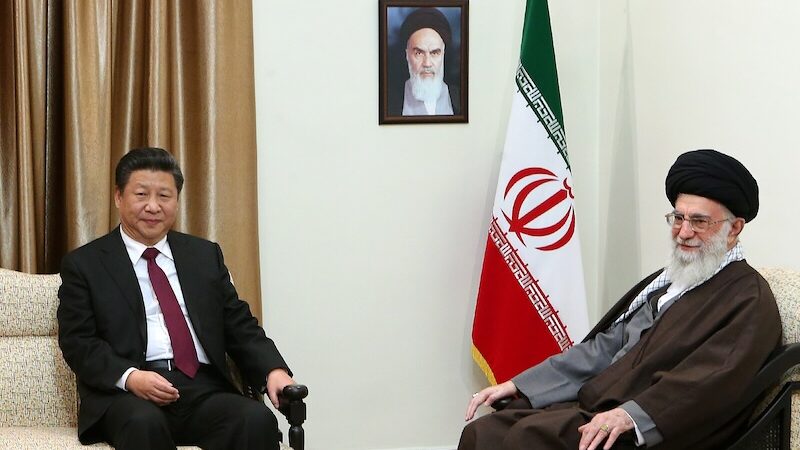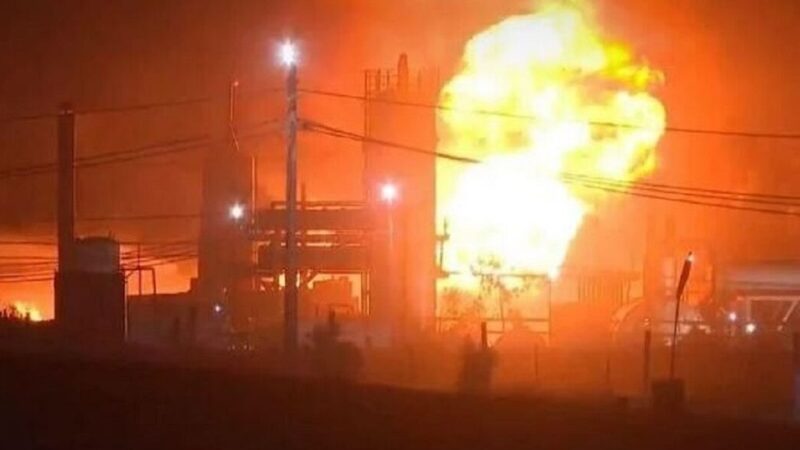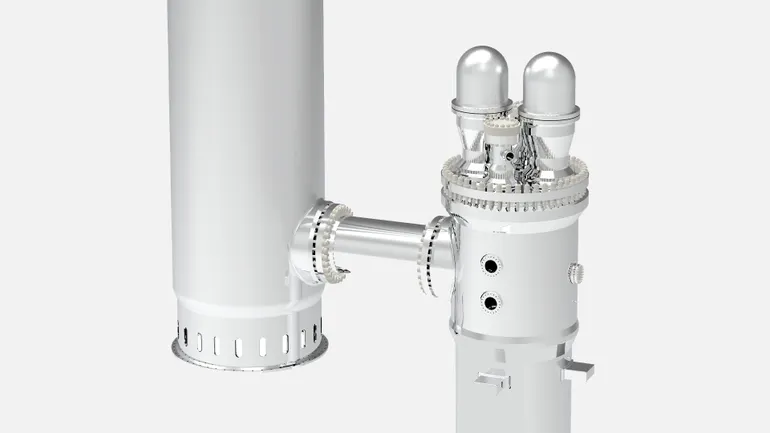Remembering Ruinart cellar master Frédéric Panaïotis
Following the tragic news that Ruinart cellar master Frédéric Panaïotis died in a freediving accident in Belgium on Sunday, db Champagne correspondent Giles Fallowfield pays tribute to the 60 year-old chef de cave. The post Remembering Ruinart cellar master Frédéric Panaïotis appeared first on The Drinks Business.

Following the tragic news that Ruinart cellar master Frédéric Panaïotis died in a freediving accident in Belgium on Sunday, db Champagne correspondent Giles Fallowfield pays tribute to the 60 year-old chef de cave. I first met Frédéric Panaïotis in the mid-1990s when he was working as a member of Jacques Peters talented winemaking team at Veuve Clicquot. Articulate, intelligent, charming and a brilliant linguist, he was clearly destined for great things, even when just in his early 30s and likely a top chef de cave position. When Dominique Demarville was bought in from Mumm to work alongside Peters as his planned for replacement in 2006, it was clear that it wasn’t going to happen at Clicquot, so after a dozen years there Panaïotis started looking for other opportunities. Someone at LVMH must have thought they didn’t want to lose his talents from the group, and happily for Panaïotis, the opportunity soon arose to join Ruinart and he quickly moved there in 2007. He’s never looked back; it turned out to be the ideal position for him. Although Ruinart was purchased by Moët & Chandon back in 1963 and later became part of LVMH, for many years it just continued to be enjoyed by a small by enthusiastic cognoscenti following. But gradually LVMH realised this was a brand steeped in history with a great deal of untapped potential. It was unusual within the group too as the only brand best known for its Chardonnay-led wines, Ruinart’s now famous Blanc de Blancs NV style was only launched on the market in June 2001. By the time Panaïotis joined the house six years later, it had started to gather momentum within the wider LVMH group (alongside Moët, Dom Pérignon, Krug, Clicquot and Mercier) and group CEO Bernard Arnault gave it honourable mentions in the group’s annual report. In Panaïotis, Arnault had the perfect, skilled, multi-linguist communicator, to extol the many virtues of the brand on the international stage. At Apicius restaurant in Paris in October 2009, I attended a vertical tasting that Panaïotis put together to celebrate 50 years of making prestige line Dom Ruinart, alongside MWs Jancis Robinson and Serena Sutcliffe and a multi-national audience. Fielding questions thrown at him in several different languages as we tasted 18 of the 21 vintages ever made at that point, Panaïotis was in his element, supremely comfortable in imparting detailed information about all the wines. He was joined at Ruinart by another Frédéric in the shape of CEO Frédéric Dufour in September 2011 and since then the two men have worked closely together forming arguably the most successful (and longest running) partnership between winemaker and CEO at any LVMH owned house. Between them they have masterminded the work at Ruinart on new sustainable practices, the introduction of the second skin case and the adoption of vitiforestry in the vineyards. In terms of winemaking Panaïotis has also overseen the re-introduction of cork for ageing Dom Ruinart (rather than ageing on crown cap), very successfully used again with the 2010 launch of Dom Ruinart in 2023, the first blend of Dom Ruinart that he actually made. At the time Panaïotis said: “We started with 2010, which although not widely vintaged in Champagne, was surprisingly good for Chardonnay; Pinot Noir and Meunier were less exciting. The Chardonnay was very, very good like in Burgundy. Other [top Blanc de Blancs] 2010s like Amour de Deutz, Pierre Peters Les Chétillons and Comtes de Champagnes were also released. When we tasted the base wines, we were impressed by the intensity and the balance. It’s the best Chardonnay I have had here [at Ruinart] until the 2019 [a future release from Dom Ruinart he was excited about]." Panaïotis other main winemaking innovation was the introduction of the first new wine at the house for over two decades in the shape of Blanc Singulier which was, he said, “the result of reflection starting in 2015 and was designed as a witness to the climatic variations that we observe each year in the vines”. While the second 2018 based wine was only available in the on-trade in France and the USA, the third blend of Blanc Singulier Edition '19 also came to the UK market with the front label boldly stating its USP: “A singular expression of Chardonnay, revealed by a changing climate.” Aged 60, Panaïotis was undoubtedly one of the leading winemakers of his generation and to lose him at the height of his creativity is a tragedy both for the brand Ruinart and the wider community in Champagne. He will be greatly missed by friends, colleagues and all the journalists he enlightened with his informed, intelligent observations about all aspects of Champagne, the wines and the region.



































































































![[Updated] U.S. Air Force Mobilizes F-22s and F-35s as Situation in Middle East Escalates](https://theaviationist.com/wp-content/uploads/2025/06/F-22_F-35_CENTCOM-top.jpg)










































